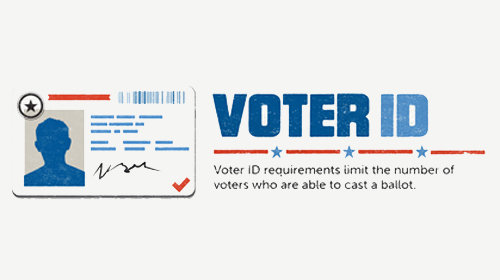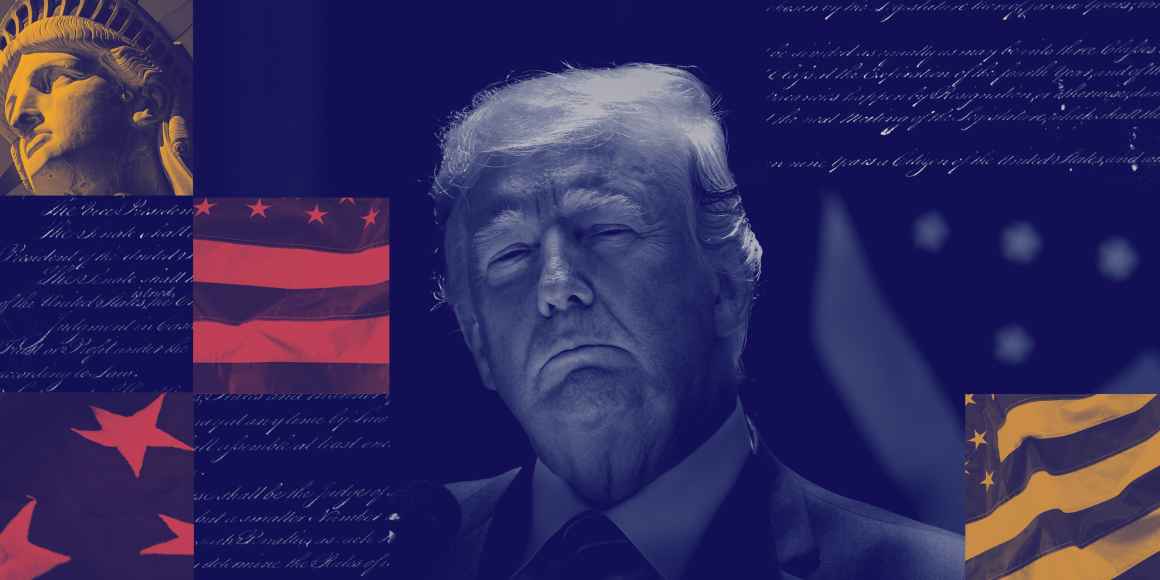Fighting Voter Suppression
League of Women Voters Education Fund v. Trump
On March 25, 2025, in a sweeping and unprecedented Executive Order, President Trump attempted to usurp the power to regulate federal elections from Congress and the States. Among other things, the Executive Order directs the Election Assistance Commission—an agency that Congress specifically established to be bipartisan and independent—to require voters to show a passport or other citizenship documentation in order to register to vote in federal elections. If implemented, the Executive Order would threaten the ability of millions of eligible Americans to register and vote and upend the administration of federal elections.
On behalf of leading voter registration organizations and advocacy organizations, the ºìÐÓÊÓƵ and co-counsel filed a lawsuit to block the Executive Order as an unconstitutional power grab.
Status: Ongoing
View Case
Learn ºìÐÓÊÓƵ Fighting Voter Suppression
All Cases
77 Fighting Voter Suppression Cases

Wisconsin
Dec 2016
Fighting Voter Suppression
Frank v. Walker: Fighting Voter Suppression in Wisconsin
Wisconsin’s voter ID law is one of the harshest in the country and requires voters to produce one of a few specified forms of photo identification in order to vote. This restriction imposes a substantial burden on the right to vote by requiring photo identification that many voters do not have, and that many voters cannot easily obtain, in violation of the Fourteenth Amendment of the Constitution. In addition, the Wisconsin voter ID law violates Section 2 of the Voting Rights Act, which prohibits the use of voting practices that have a negative impact on racial and language minorities. The law has a disproportionate impact on black and Latino voters, who are twice as likely to lack photo ID accepted for voting in Wisconsin compared to white voters.
Explore case
Wisconsin
Dec 2016

Fighting Voter Suppression
Frank v. Walker: Fighting Voter Suppression in Wisconsin
Wisconsin’s voter ID law is one of the harshest in the country and requires voters to produce one of a few specified forms of photo identification in order to vote. This restriction imposes a substantial burden on the right to vote by requiring photo identification that many voters do not have, and that many voters cannot easily obtain, in violation of the Fourteenth Amendment of the Constitution. In addition, the Wisconsin voter ID law violates Section 2 of the Voting Rights Act, which prohibits the use of voting practices that have a negative impact on racial and language minorities. The law has a disproportionate impact on black and Latino voters, who are twice as likely to lack photo ID accepted for voting in Wisconsin compared to white voters.

Court Case
Jul 2016
Fighting Voter Suppression
Veasey v. Abbott
The ºìÐÓÊÓƵ filed an amicus brief in Veasey v. Abbott, a case that challenges Texas’s voter ID law. The district court struck down the law, finding that the law was passed with a discriminatory purpose, creates an unconstitutional burden on the right to vote, and disproportionately burdens Latino and African-American voters.
Explore case
Court Case
Jul 2016

Fighting Voter Suppression
Veasey v. Abbott
The ºìÐÓÊÓƵ filed an amicus brief in Veasey v. Abbott, a case that challenges Texas’s voter ID law. The district court struck down the law, finding that the law was passed with a discriminatory purpose, creates an unconstitutional burden on the right to vote, and disproportionately burdens Latino and African-American voters.
